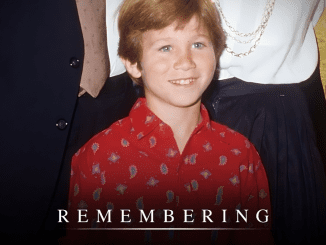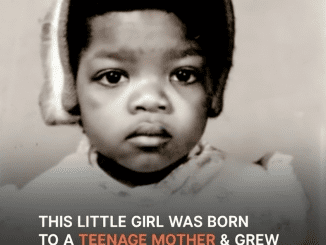Hurricane Milton, the most powerful storm of 2024, made its historic landfall in Florida this week, leaving a trail of destruction in its wake. With winds exceeding 150 mph, it approached the Sunshine State as a Category 4 hurricane, unleashing relentless rain and storm surges across central and western Florida. The storm shifted slightly south, sparing Tampa Bay a direct hit but leaving other areas catastrophically impacted. Communities have been flattened, infrastructure crippled, and lives lost as residents attempt to assess and cope with the damage left behind.
Hurricane Milton’s Destructive Path: A Closer Look

Hurricane Milton began as a tropical depression in the Atlantic, but by the time it approached the Gulf of Mexico, it had intensified into the most powerful storm of the year. As it tracked south of Tampa Bay, the storm slammed into Florida’s Gulf Coast on October 10, 2024, just south of Sarasota. With sustained winds of 130 mph at landfall, it unleashed unprecedented flooding and devastating winds.
Communities Flattened and Cities Flooded
The hardest-hit areas include Sarasota, St. Petersburg, and Cocoa Beach. As residents return to their homes, they face scenes of flattened buildings, shattered windows, and roads submerged under several feet of water. Emergency responders continue to work around the clock to clear debris, rescue stranded individuals, and restore power to over 3 million Floridians left in the dark.
The hurricane’s storm surge inundated low-lying coastal areas, where floodwaters surged through neighborhoods, turning once-picturesque communities into muddy, debris-strewn wastelands. The floodwaters submerged homes, swept away vehicles, and left communities reeling. Local authorities have reported widespread property damage, with thousands of homes rendered uninhabitable.
A Rising Death Toll and Dangerous Conditions
As of Thursday, officials have confirmed 14 fatalities linked to Hurricane Milton. Among them, six people tragically lost their lives when two powerful tornadoes spawned by the hurricane touched down in St. Lucie County on Florida’s central Atlantic coast. These tornadoes tore through homes, uprooted trees, and left neighborhoods in ruin.
The storm’s relentless winds and rain also ripped the fiberglass roof off a baseball stadium and toppled a construction crane in St. Petersburg, which subsequently crashed into a nearby high-rise building. These events, while devastating, only hint at the widespread devastation felt across Florida. Authorities continue to assess damage and search for survivors, with the fear that the death toll may rise in the coming days.
A Daunting Search and Rescue Mission
In Hillsborough County alone, more than 700 people stranded by floodwaters were rescued on Thursday. First responders and local residents have banded together, pulling people from rooftops, stranded vehicles, and submerged homes. Although some evacuation orders were lifted on Friday morning, the situation remains dangerous. Many roads are blocked by fallen trees, downed power lines, and abandoned vehicles, posing significant hazards for returning residents and recovery crews alike.
A Statewide Crisis: Power Outages and Infrastructure Collapse
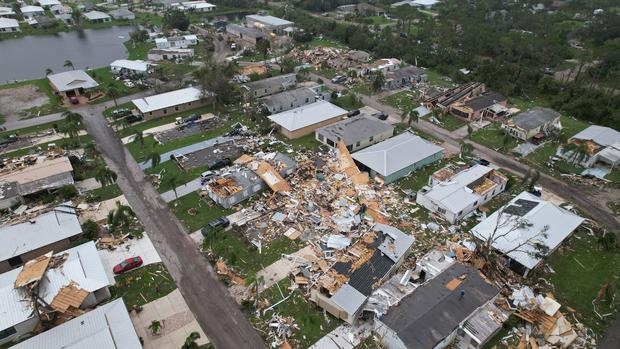
Nearly three million residents across Florida lost power as Hurricane Milton tore through the state. In some areas, power lines are tangled with tree branches or lying across roads, creating a dangerous landscape for both rescue workers and residents. Utility companies are working tirelessly to restore power, but the sheer scope of the damage suggests it may take weeks to restore electricity to all affected areas.
Damaged Infrastructure: Roads, Bridges, and Buildings
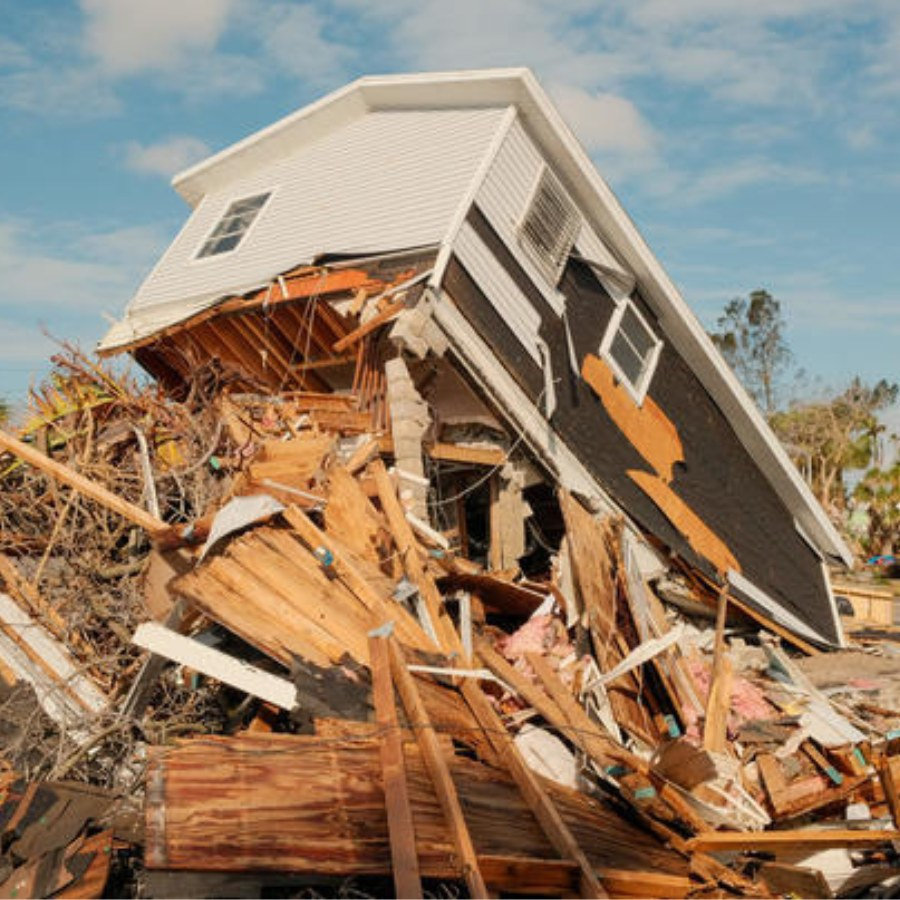
In addition to power outages, critical infrastructure across the state has been severely impacted. Roads are washed out, bridges are weakened or collapsed, and entire neighborhoods are left unrecognizable. In St. Pete Beach, a small seaside community, homes have been torn from their foundations and flung across the streets, while Tropicana Field in St. Petersburg, home to the Tampa Bay Rays, has suffered structural damage to its cable-supported dome, raising questions about the long-term viability of the stadium.
In Bradenton, cars cautiously maneuvered under leaning trees and past gaping potholes as residents tried to navigate what remains of their town. For many, the journey home was both a relief and a heartbreak, as they found familiar landmarks reduced to rubble and their neighborhoods barely recognizable.
A Disaster on the Heels of Hurricane Helene
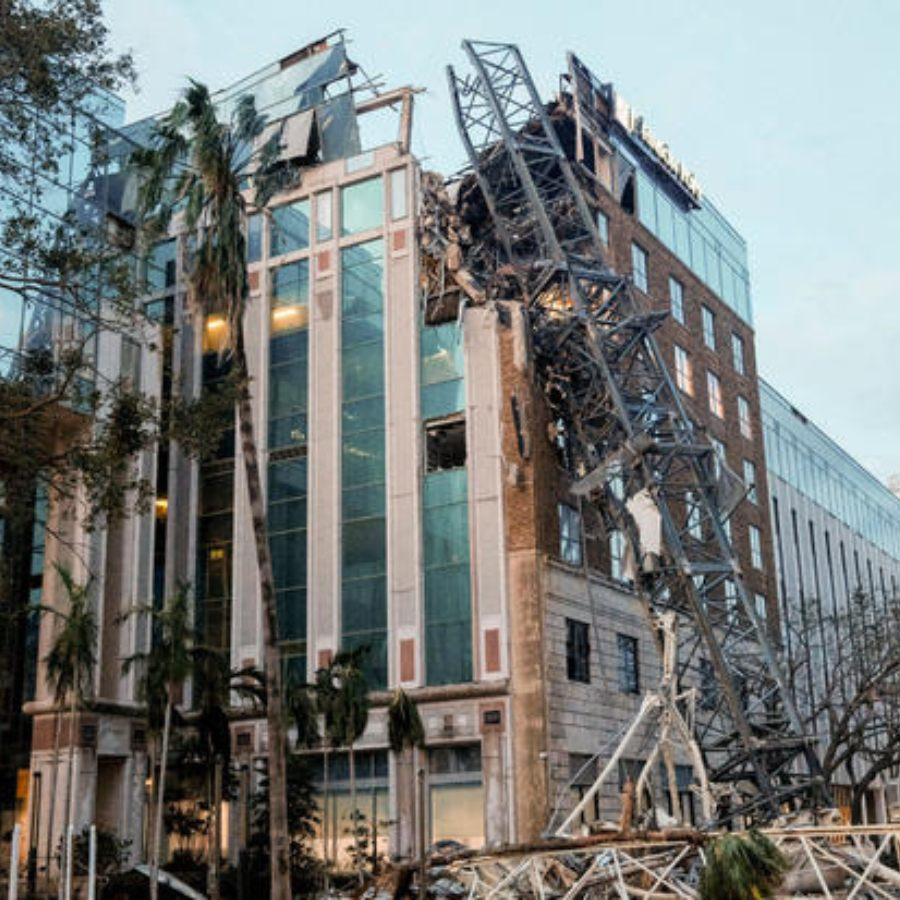
Just two weeks prior, Hurricane Helene wreaked havoc on Florida’s west-central coast, further amplifying the impact of Hurricane Milton. Governor Ron DeSantis acknowledged the compounded devastation, noting that while the state had been spared a “worst-case scenario” in Tampa Bay, the situation remains dire, particularly for regions already battered by Helene. The state is now facing dual recovery efforts, with resources stretched thin and communities grappling with the enormity of their losses.
The Environmental Toll: Beaches, Wildlife, and Waterways
As with any major storm, the environmental impact of Hurricane Milton will be felt for years. The storm has reshaped Florida’s beaches, eroding coastlines and depositing tons of debris into the ocean. Local wildlife, particularly vulnerable coastal species, have been displaced or killed in the wake of the storm. Environmental experts are concerned about the long-term effects on Florida’s delicate ecosystems, from coral reefs to mangrove swamps, and the potential for increased pollution in waterways due to oil spills, sewage, and other contaminants swept into the Gulf.
Impact on Wildlife and Ecosystems
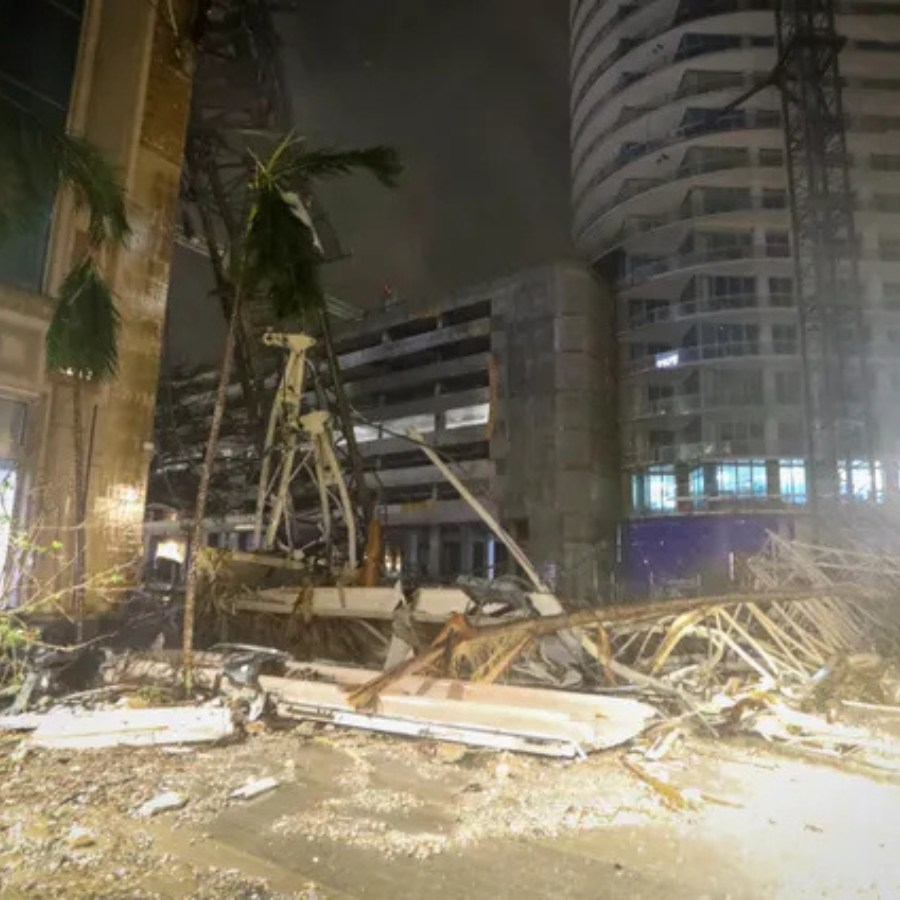
The Florida Fish and Wildlife Conservation Commission has expressed concerns about the impact on both land and marine life. Fish and other aquatic species face the risk of contamination from floodwaters carrying chemicals and waste. The winds and flooding also devastated natural habitats, leaving animals displaced and vulnerable. For example, the nesting sites of endangered sea turtles have been completely destroyed, posing a risk to future populations.
Recovery and Rebuilding: A Long Road Ahead
Florida is no stranger to hurricanes, but the scale of destruction left by Hurricane Milton presents a daunting recovery task. With countless homes damaged and vital infrastructure compromised, the state now faces the challenge of rebuilding. Officials have already begun coordinating with federal agencies to secure disaster relief funding, and community organizations are mobilizing to provide essential supplies to those in need.
Rebuilding Communities and Restoring Infrastructure

The first steps in the recovery process involve clearing debris, restoring power, and ensuring that basic needs—such as clean water, shelter, and medical care—are met. But the long-term rebuilding efforts will require more than just repairs; it will necessitate a reimagining of Florida’s infrastructure to better withstand future storms. This may include strengthening building codes, redesigning coastal defenses, and enhancing emergency response systems.
For the thousands who have lost homes and businesses, the path to recovery is deeply personal and painful. Shelters are currently housing displaced residents, but many are uncertain about the future of their homes and livelihoods. State officials have urged Floridians to remain resilient and support one another as they begin the arduous process of rebuilding their lives.
How You Can Help: Contributing to the Recovery Efforts
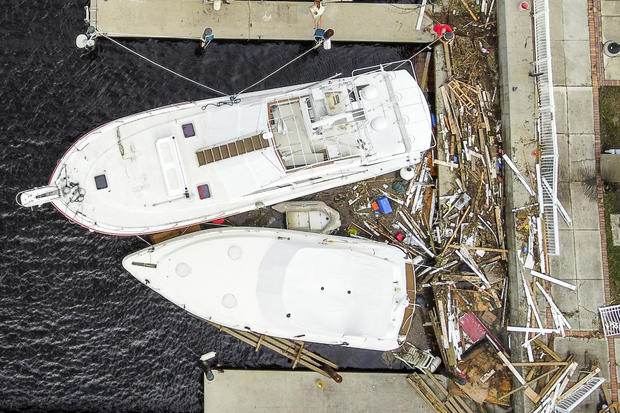
With Hurricane Milton leaving Florida in a state of emergency, there are ways for people across the country—and the world—to support recovery efforts. Charitable organizations, such as the American Red Cross, are providing shelter, meals, and medical care for displaced residents. Local food banks and shelters are accepting donations of supplies, including non-perishable food, bottled water, clothing, and hygiene products.
Additionally, volunteers are needed for cleanup and rebuilding efforts. Those unable to physically assist can make monetary donations to relief organizations focused on hurricane recovery. Every contribution, no matter how small, can make a difference in helping Floridians recover from this devastating event.
Conclusion: A Resilient Florida Faces an Uncertain Future
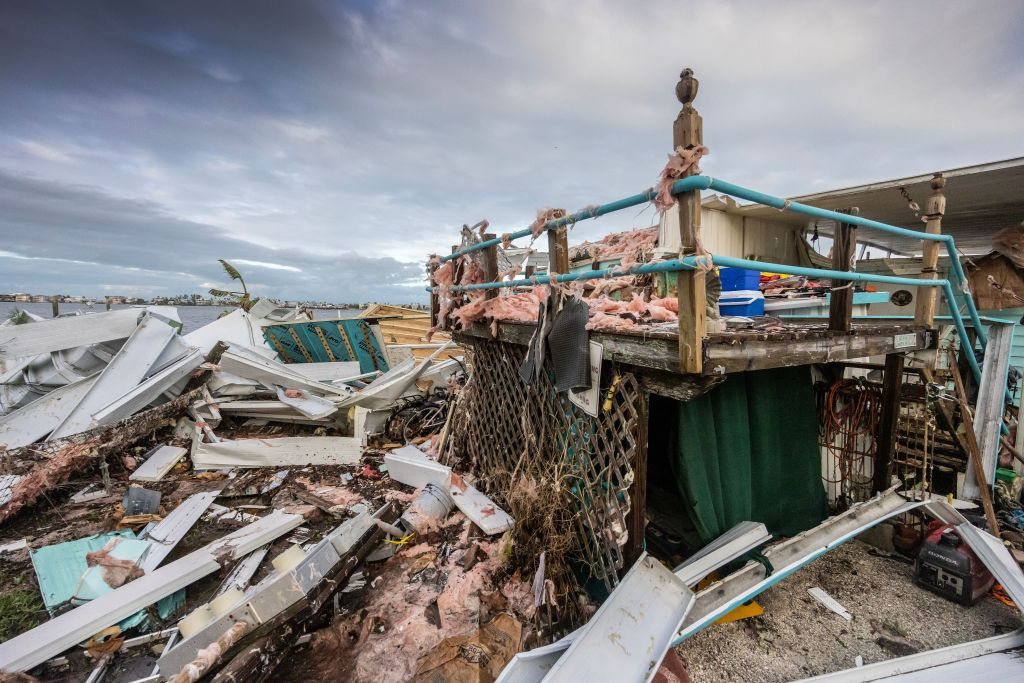
Hurricane Milton has transformed parts of Florida into landscapes of desolation, with communities facing unprecedented challenges. But amid the destruction, the spirit of resilience endures. As the state begins its journey toward recovery, the strength of its residents, the dedication of first responders, and the support of neighbors near and far will be crucial in rebuilding.
The devastation caused by Hurricane Milton serves as a reminder of the power of nature and the vulnerability of our built environments. Florida now stands at a crossroads, with the opportunity to rebuild in a way that prepares for future storms while honoring the lives and communities that have been forever changed. In the face of such a monumental disaster, Floridians are proving that even in the darkest of times, they will come together to rebuild stronger than before.

